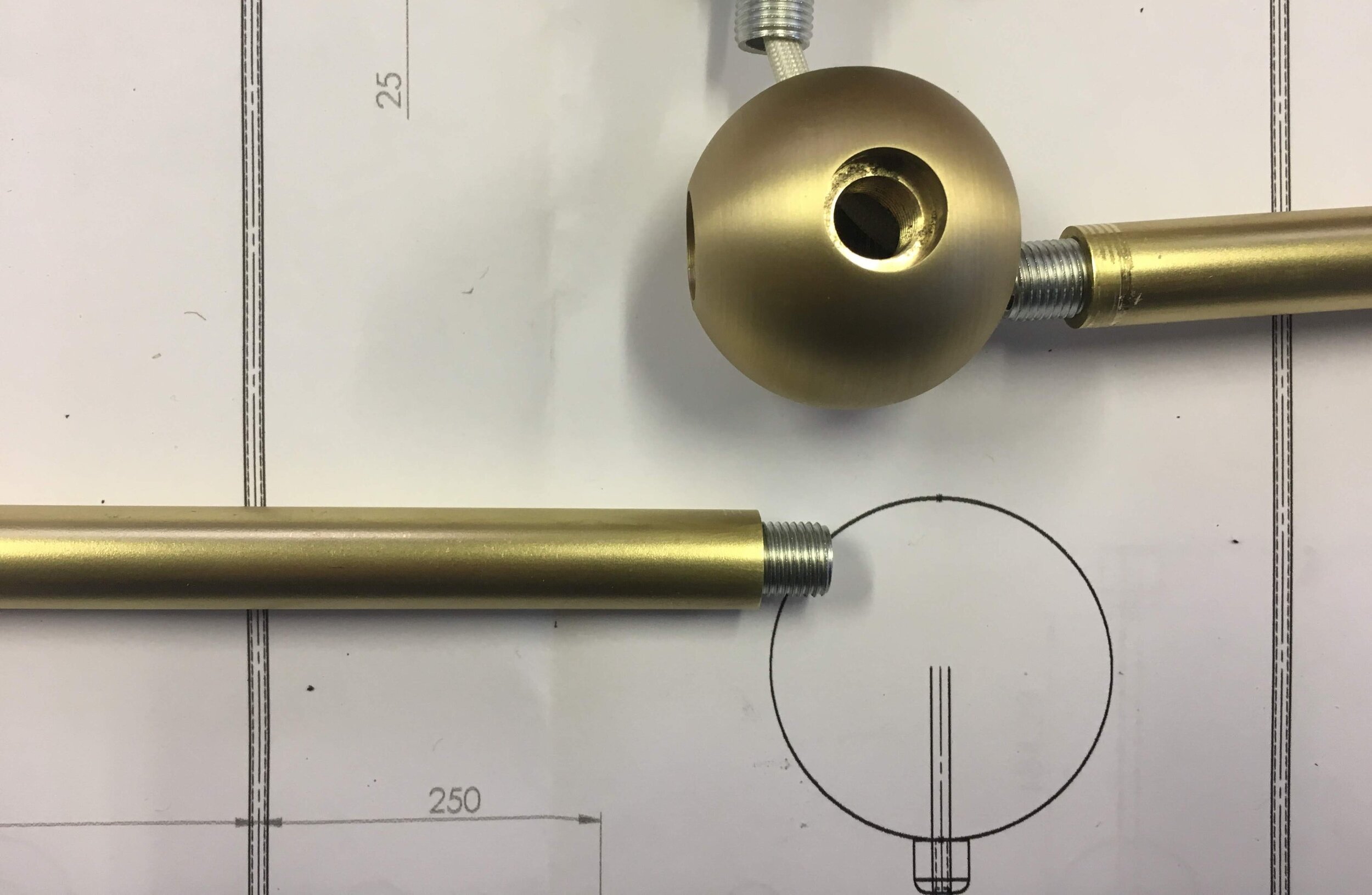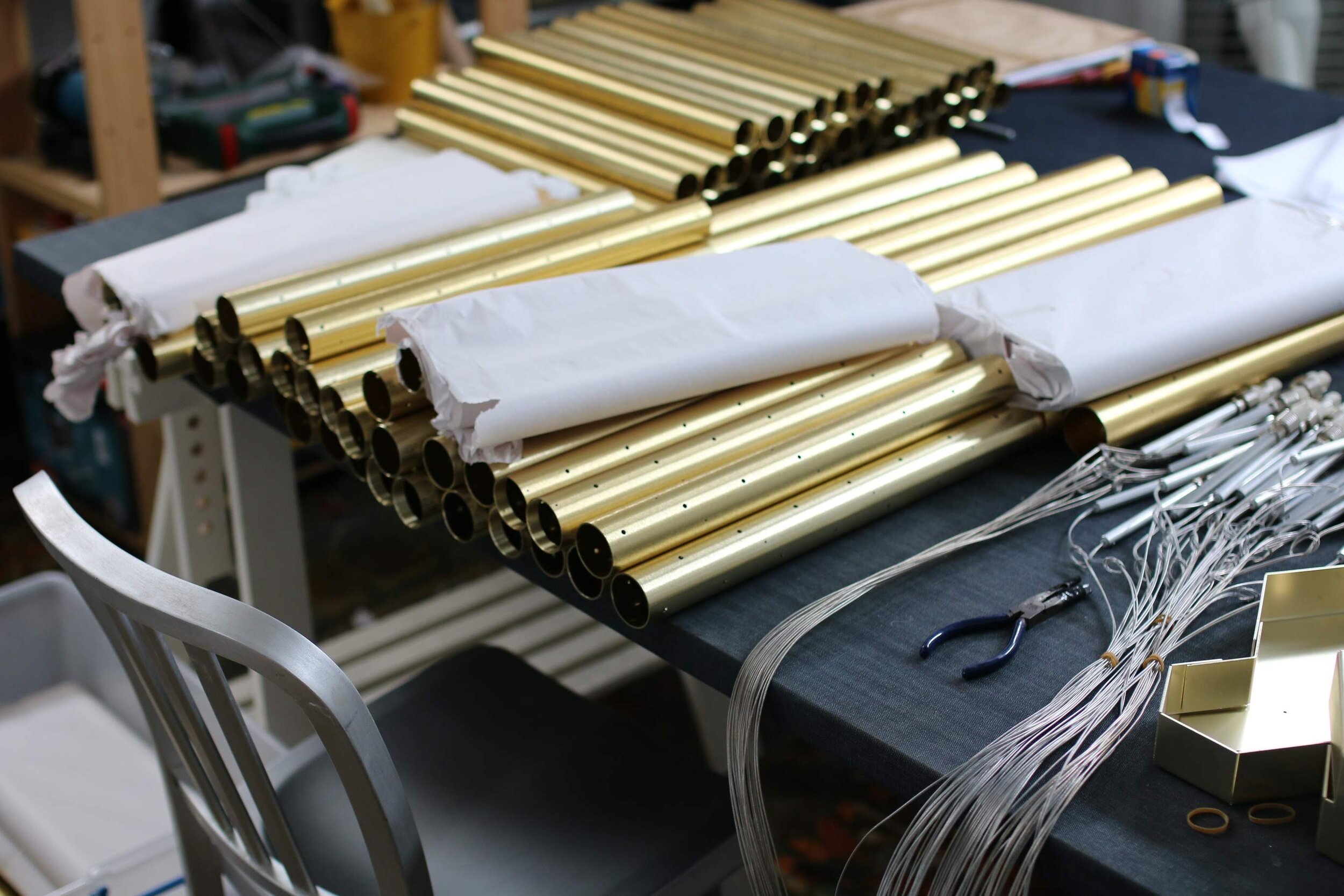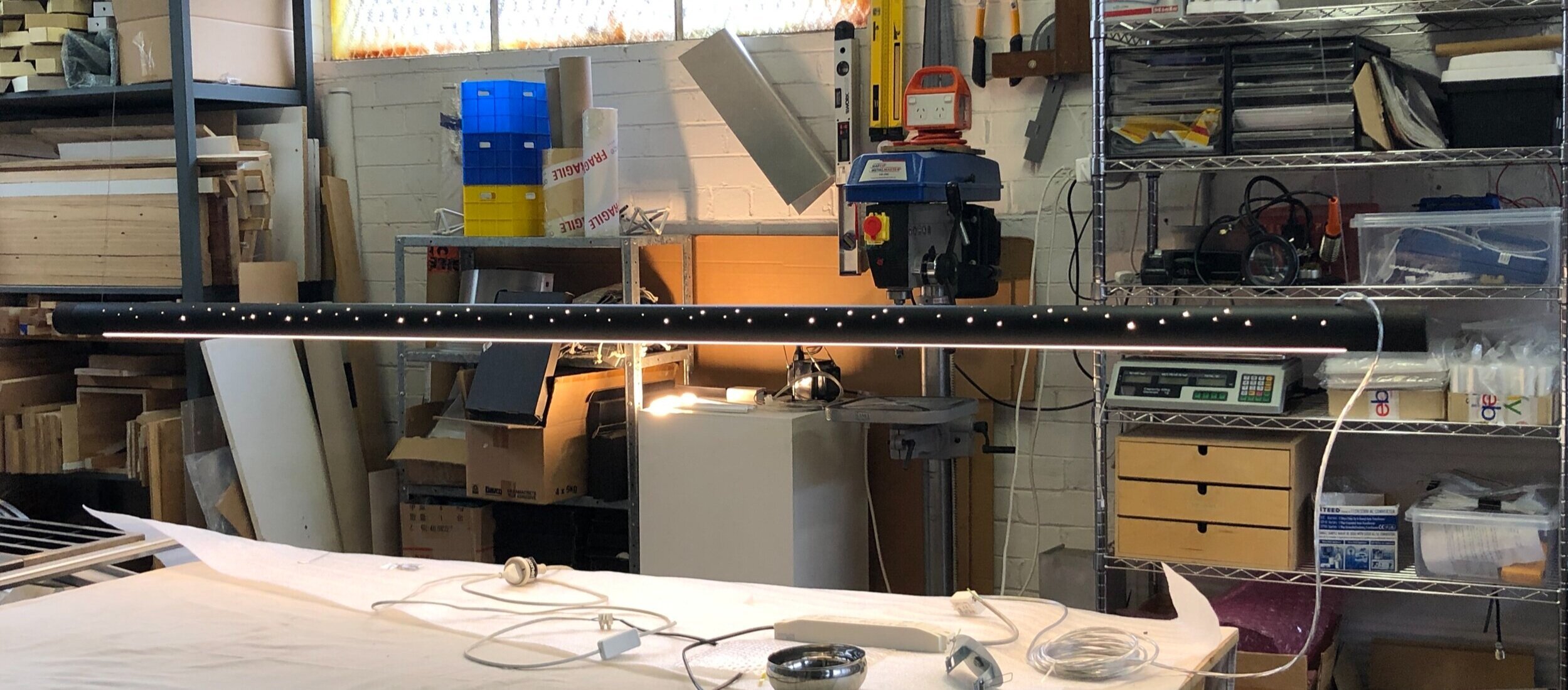The lifecycle of light
Sustainable design and product lifecycles at ILANEL design studio
In Australia we misuse around 74 million tonnes of goods per year, costing the system $17 billion dollars and leaving us with a growing mass of environmental impact. With the help of policy and awareness, we are gradually catching up to the responsibility that each of us has to take ownership of our consumption. The most recent National Waste Report tells us some positive news; the country’s recycling rate is at 60%, strategic investments for a clean future are in motion and industries are becoming more accountable.
Sustainability and recycling have been at the core of our practices and have naturally evolved with us in time. We are continuously looking at the mechanics of our designs to ensure they can be un-manufactured for recycling or re-purposing as easily as they are manufactured. This ease of connectivity between parts allows for your objects to be disassembled for repositioning as clients often advise that their lights are wrapped up and shipped as carefully as their prized art when they move premises to continue providing their sensory joyfulness.
The lifecycle of a product needs to be a consideration in the conceptual phases of design. Materials are a major part of the process while the long term usability and functionality of a product also needs to be defined early.
We use certified timber, avoid welding and toxic glues in favour of mechanical fixing, our paints are water-based or low VOC (volatile organic compounds) and the anodising process, which produces a liquid waste, is safely disposed of. In addition to thoughtful materials, we create our installations in parts for the best overall finish and peace of mind warranty. Our products are intentionally foolproof from delivery to installation allowing for protection in transport, effortlessness in setting up and long term use.
Take ‘Rain’ — a design with many evolutions since its conception in 2002, has come about through never thinking we cannot do things better. It’s been a constant two-way challenge between ourselves and our highly skilled fabricators who embrace new technology and processes. The parts of Rain involve perforated flutes that attach to an acrylic cap with a screw mechanism in lieu of using glue. The same is true for the lamp holder — simple!
‘Comet’ is also evolving with the launch of its vertical expression in October. This anticipated angle has the same concept of completely customisable parts. Choose your metal finish from copper, brass, slate and powder coated along with your choice of the comet, a hand-blown glass bead from a local artisan here in St Kilda. The simplicity and ingenuity of Comet makes it a favoured piece between both residential and commercial properties.
Population and economic growth have furthered societies desire to buy more and have now. Despite this “inconvenient truth” we can still make choices that lead to a world that affords future generations the same opportunities we have now. By manufacturing beautiful objects that transcend time and practice deep reverence for nature and design, we can coexist with sustainability and choose quality products that stand the test of time and waste.






